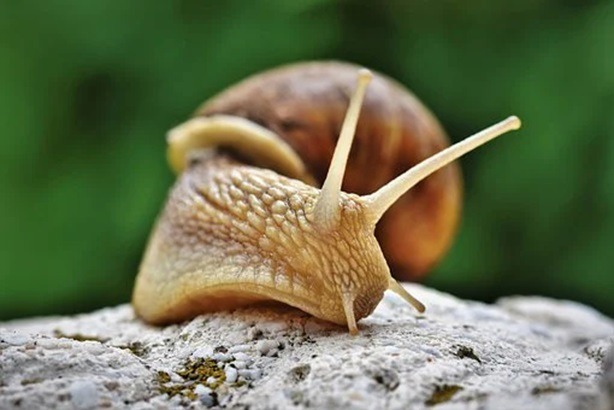If you love snails, you might want to check out this article. Throughout the world, there are many who share their love of these slimy animals and would be more than happy to sit down with you for a nice conversation about them. But here’s one snail that is sure to make your day!
The World’s Largest Snail
The world’s largest snail is alive and rare. If you’ve ever seen a giant snail, chances are you’re thinking of the giant African land snail, Achatina Fulica. This massive creature can grow up to four inches in leng th and weigh more than a half-pound. But there’s another colossal snail that lives on our planet – and it has a significantly greater weight capacity: the Indo-Pacific giant land snail, Achatina Fulica. This creature can reach a whopping six inches in length and weigh more than two pounds!
Both of these snails are members of the gastropod family (or “Gastropoda” for short), which includes snails such as clams, slugs, and opossums. Gastropods are distinguished from other mollusks by the fact that they have an external shell or “coquille” – a characteristic that has led some scientists to speculate about the gastropods’ evolutionary origins. While most gastropods use their coquilles to capture prey or protect themselves from predators, the two largest species in
What is the Story Behind the World’s Largest Snail?
The world’s largest snail is a rare find, and its owner, a retired chemistry teacher from Ohio, has been keeping the snails for over 25 years. The brown land snail (Achatina Fulica) can grow up to two feet long and weigh up to five ounces. It is a protected species in the United States, and its rarity has made it an unlikely candidate for being the world’s largest snail.
According to its owner, Clinton Young, the world’s largest snail was once common but has since become endangered due to habitat loss and agricultural development. Young acquired his first land snail in 1992 as a pet and began keeping them as part of his research into their biology.
Since then, he has acquired 20 more snails and continues to care for them at his home in Ohio. He feeds them fresh vegetables, watermelon, and yogurt twice a day and lets them roam around his garden. Young says that he enjoys spending time with his snails and is always willing to share photos or stories about them on social media.
Owner of the World’s Largest Snail
The largest snail on Earth is a live, rare, and impressive creature. Named Architeuthis dux, this snail is said to measure up to nine inches in length and weigh up to two pounds. The owner of this giant snail, Nathan Outlaw from Australia, took us on a tour of his farm where we got to see this extraordinary animal in action.
Does the Owner Eat Snail?
The world’s largest snail is alive and rare to see. We talked to its owner and they said that the snail feeds on algae and other smaller creatures.
The world’s largest snail is alive and rare to see, but does its owner eat it? In a word, no. The giant millipede, as the snail is formally named, measures up to 10 inches long with a 2-inch shell. It was discovered in the Brazilian Amazon in 1996 and has only been seen a handful of times since then by collectors who have managed to keep it captive.
The owner of the snail, a Brazilian man named Humberto Fontana, told The Guardian he keeps his snail as a pet and never eats it. “I’ve had it for 16 years and I’ve never eaten it,” he said. “I’m not even sure how to cook one.”
The giant millipede has been classified as an endangered species because of deforestation and the destruction of its habitat. So, if you’re ever lucky enough to see this incredible creature in person, be sure to snap some pictures!
Conclusion
If you’re a fan of snails then you’re in for a treat. The world’s largest snail, known as the Giant African Land Snail or Achatina Fulica, was recently captured on camera by nature photographer Paul Rosolie. This massive slug can grow up to 2 feet long and weigh up to 24 ounces! Not only is this snail very large, but it is also incredibly rare – making it an exciting addition to any nature lover’s portfolio. In the interview below, Rosolie shares some fascinating facts about this giant snail’s habitat and how you can get close enough to see it in person.

